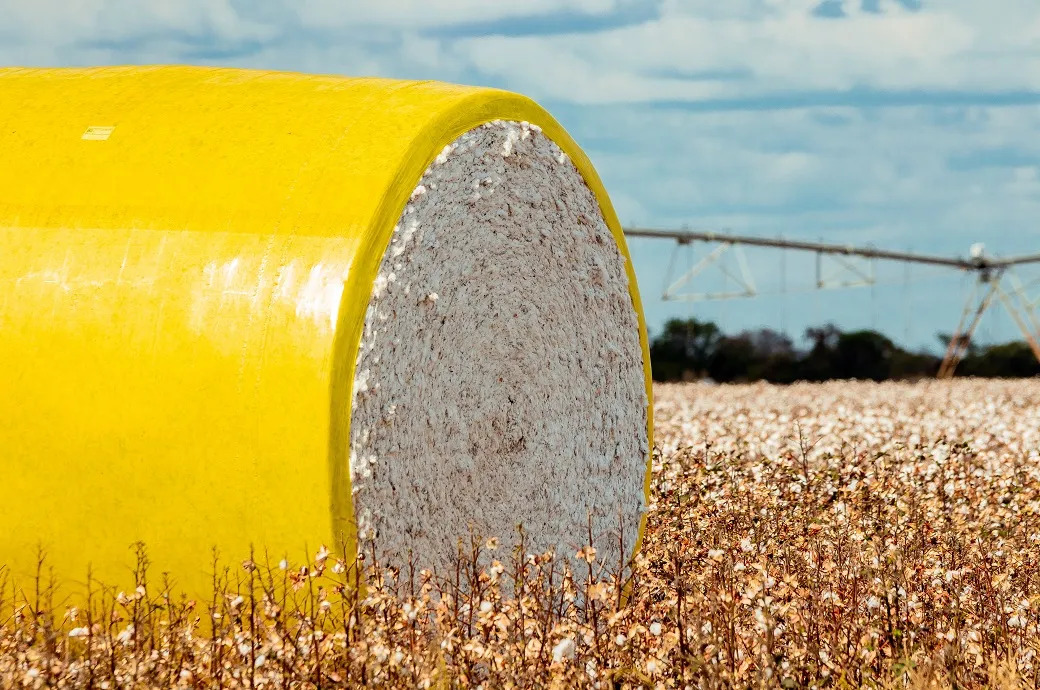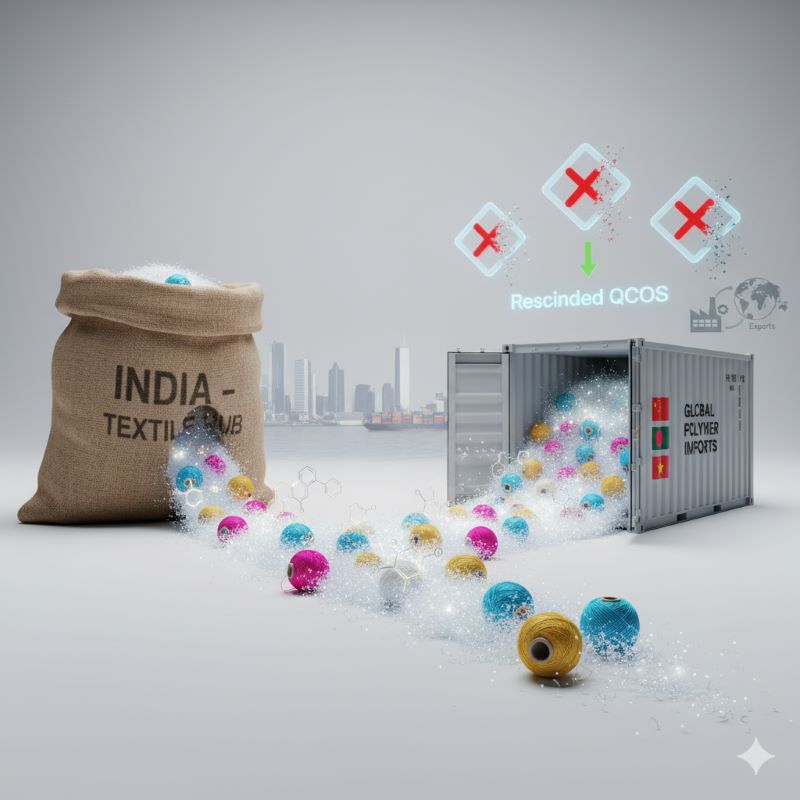 Before the pandemic hit global businesses, with Brexit and US China trade stand off the biggest question that bothered businesses worldwide was will the age of globalization come to an end? In fact, COVID-19 exposed the vulnerabilities of long-distance supply chains even more. With 64 (Thomasnet) US manufacturers actively looking at bringing back production nearer home there is a clear redrawing of global supply lines, wrote Enno Lueckel, VP, Scoutbee recently in Spend Matters.
Before the pandemic hit global businesses, with Brexit and US China trade stand off the biggest question that bothered businesses worldwide was will the age of globalization come to an end? In fact, COVID-19 exposed the vulnerabilities of long-distance supply chains even more. With 64 (Thomasnet) US manufacturers actively looking at bringing back production nearer home there is a clear redrawing of global supply lines, wrote Enno Lueckel, VP, Scoutbee recently in Spend Matters.
Lueckel writes, “Amid this uncertainty, resilience is the new supply chain imperative. Across industries, there is growing recognition that managing supply chains for maximum efficiency hampers companies’ ability to respond to risk events.” And the frequency of such disruptions is rising, with a recent McKinsey Global Institute survey showing companies expect severe supply chain disruptions every 3.7 years. “Yet when resilience can mean many things to different industries, how should leaders prioritize?”
Transparent supply chains a priority
Lueckel says to reap the benefits of resilience, such as improved flexibility, responsiveness and agility, companies must first make their supply chains transparent and diversified. In fact, transparency is important as organizations can tackle risks only if they can see it clearly. “Effective risk management requires greater visibility into all the interactions and movements taking place within their networks.” However, supply chains too have their rough spots with vendors not divulging information making tracking difficult. Moreover, most companies map only their direct suppliers, not keeping track of the intermediaries in the middle. This could result in expensive repercussions.
must first make their supply chains transparent and diversified. In fact, transparency is important as organizations can tackle risks only if they can see it clearly. “Effective risk management requires greater visibility into all the interactions and movements taking place within their networks.” However, supply chains too have their rough spots with vendors not divulging information making tracking difficult. Moreover, most companies map only their direct suppliers, not keeping track of the intermediaries in the middle. This could result in expensive repercussions.
Lueckel explains the next step is diversification. Here, companies with broad supply chains will be ahead of competition during a natural disaster or geopolitical shift. However, geographic concentration can increase risks. Meanwhile concerns about domestic supplies of essential goods and continuing US-China tensions are forcing many US companies to reshore of their activities. In an uncertain world, companies need options.
Ways to tackle procurement
In uncertain times, companies are looking at ways to assess risks and come up with ideal supplier mix. However, this will need complete overhaul of how sourcing is done. New tools need to be adopted as procurement needs advanced digital solutions. Artificial intelligence can give a boost to procurement’s data capabilities. AI offers end-to-end market visibility, which helps companies plan and respond in the best possible way to emerging risks.
AI also offers information advantage – not only for new supply needs, but also to qualify data in existing ERP systems, to identify alternative vendors for existing setup suppliers, provide additional data points for negotiations. It can extract data from publicly available sources to fill-in or verify existing supplier maps. Monitoring real-time inventory movements can enable organizations to quickly scale orders up or down and avoid the kinds of replenishment issues that plagued manufacturers at the onset of COVID-19.
AI also gives access to the entire global market, identifying competitive options in untapped supply markets or those visible in different languages. Indeed, while globalization will not go anywhere, new technologies will make it easier to track and remain competitive in an increasingly changing world.












